Heart Rate Monitor Device Validation
Meet regulatory requirements with comprehensive heart rate monitor validation that combines FDA-cleared simulator testing and human clinical validation. Our turnkey solutions test your device's full claimed range while our regulatory experts guide you through the approval process.
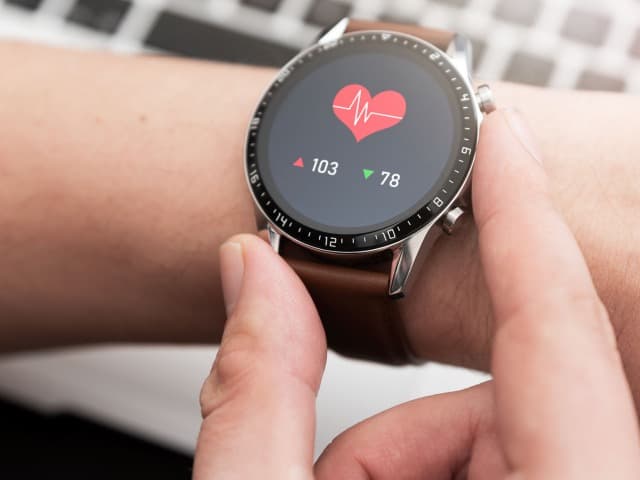
What is Heart Rate Monitor Device Validation at Element?
Regulatory agencies require heart rate monitoring devices to be tested for accuracy in humans. When the entire claimed range cannot be achieved in human studies, devices may be tested via heart rate simulators, such as FDA-cleared ECG simulator and pulse oximetry simulator testing.

What Can Element Offer You For Heart Rate Monitor Device Validation?
Products we test
Products we test
At Element, we test heart rate monitoring sensors integrated into medical devices, wearable technology, smart watches, and smart devices for personal and healthcare use. These devices are widely used in the healthcare industry to track vital signs during wellness visits, monitor critical illnesses continuously, and indicate the body's response to infection and other medical conditions.
Key tests offered
Key tests offered
We provide FDA-cleared ECG simulator testing to measure heart rate over the entire claimed range, plus human clinical validation with FDA-cleared ECG monitors. Our testing delivers numerical heart rate values and complete accuracy determination for regulatory submissions. This comprehensive approach supports both medical device and consumer electronic applications.
Methods and solutions offered
Methods and solutions offered
Our approach combines simulator testing with human clinical validation data collection in our laboratory. Using both simulator and human data gives regulatory bodies a more comprehensive view, though it’s not required for regulatory submission – you can choose either approach for your submission. Our comprehensive testing supports devices from development through final validation.
- FDA-Cleared ECG Simulator Heart Rate Monitor Clinical Validation
An FDA-cleared ECG simulator is used to measure heart rate across its full range, often exceeding the limits of clinical human testing. The output from this test is a numerical heart rate value. - Human Clinical Validation with FDA-Cleared ECG Monitor
The second method involves collecting heart rate data from humans using an FDA-cleared ECG monitor in a clinical setting. Both simulator and human data are analyzed to determine final accuracy.
Cutting-edge equipment we use
Cutting-edge equipment we use
We utilize FDA-cleared ECG simulators and ECG monitors for both simulator-based and human clinical validation testing. This equipment supports testing across your device's entire claimed range for complete validation coverage. Our advanced testing capabilities support both medical and consumer device requirements.
Which labs offer this service
Which labs offer this service
Element Boulder specializes in clinical validation testing for medical devices and wearables. For more than three decades, we have proudly served as the premier clinical testing and regulatory validation partner to the medical device, wearables and consumer electronic industries.
Regulatory guidance
Products we test
- Medical devices
- Wearable technology
- Smart watches
- Healthcare monitoring devices
- Consumer electronic devices
Your Challenges, Our Solutions
Complete validation coverage requirements
Optimizing time to market
Regulatory pathway simplified
Full range testing accomplished
Why Choose Element

Comprehensive testing partner
Regulatory expertise
Industry experience
Global reach
Related services

Pharmaceutical Medical Device and Product Testing
With Element as your medical device testing partner, you’ll enjoy the benefit of a single comprehensive supplier across feasibility, R&D and prototype trials, through product development, regulatory validation and production quality control.

Electrochemical Corrosion Testing
Element offers electrochemical corrosion testing to identify material risks, enhance durability, and support informed material selection across industries.
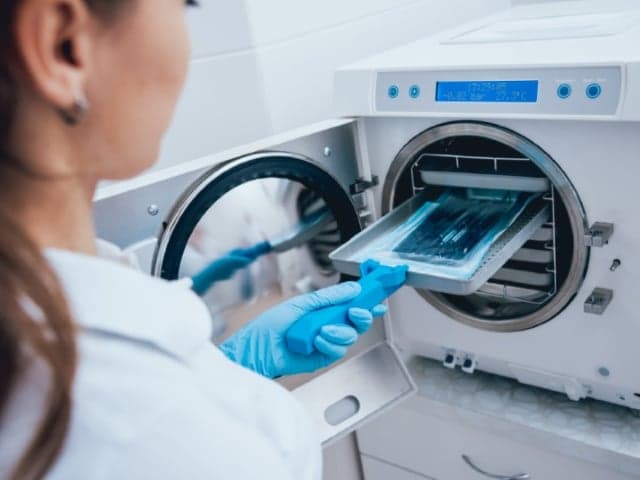
Reusable Medical Device Life Cycle Validation
Comprehensive life cycle validation for reusable medical devices. Supporting compliance, patient safety, and regulatory approval through expert testing and risk mitigation.
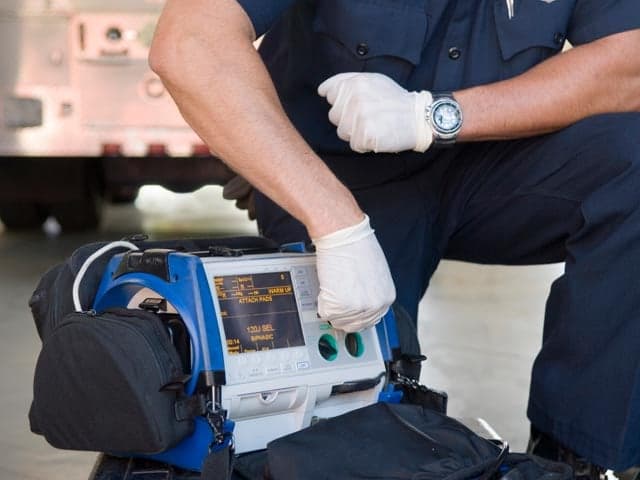
Battery Safety Testing for Medical Devices
Battery safety testing for medical devices, assessing performance, reliability, and compliance with international standards to support safe use in healthcare settings.

Clinical Validation Testing
Element delivers comprehensive clinical validation testing for medical devices and wearables, managing study design, recruitment, testing, and data analysis. Our complete solutions help overcome regulatory challenges and accelerate product development.

Pulse Oximeter Validation Testing
Element's pulse oximeter clinical validation service provides comprehensive human testing that delivers real-world, high-quality data to support regulatory submissions and significantly optimize device performance across diverse clinical settings with precision.

Respiratory Rate Monitor Clinical Validation Testing
Element offers expert-led respiratory rate monitor clinical validation testing, covering protocol design, participant recruitment, and regulatory-ready reports for streamlined submissions.
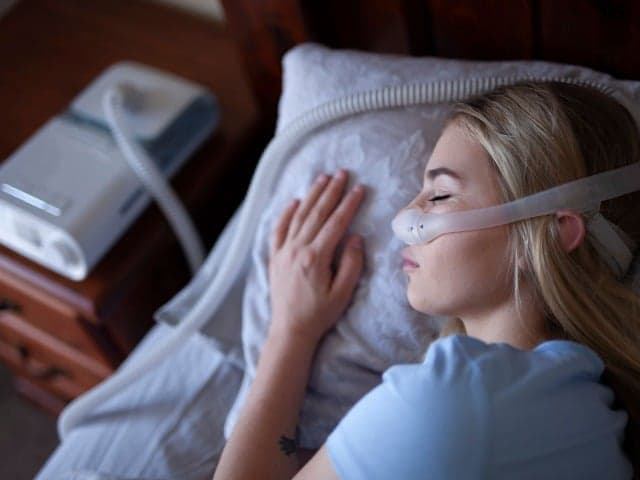
Sleep Monitoring Device Validation
Element provides clinical validation testing for sleep monitoring devices, supporting regulatory submissions and optimising device safety through expert-led data analysis and participant studies.
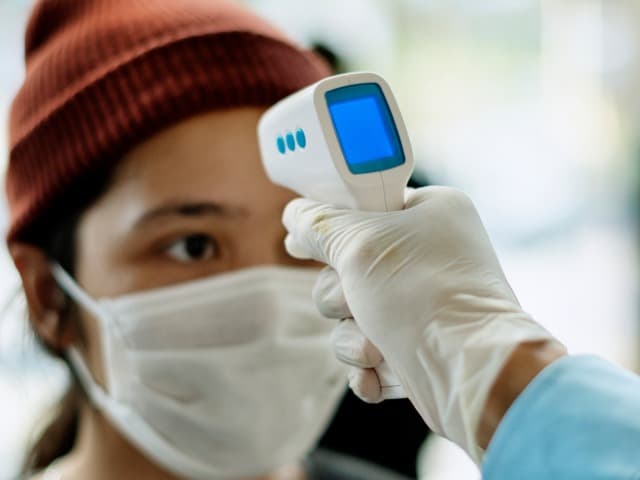
Temperature Monitoring Device Clinical Validation Testing
Element offers expert clinical validation testing for temperature monitoring devices, supporting regulatory requirements and fast-tracking your product to market with comprehensive study management.
